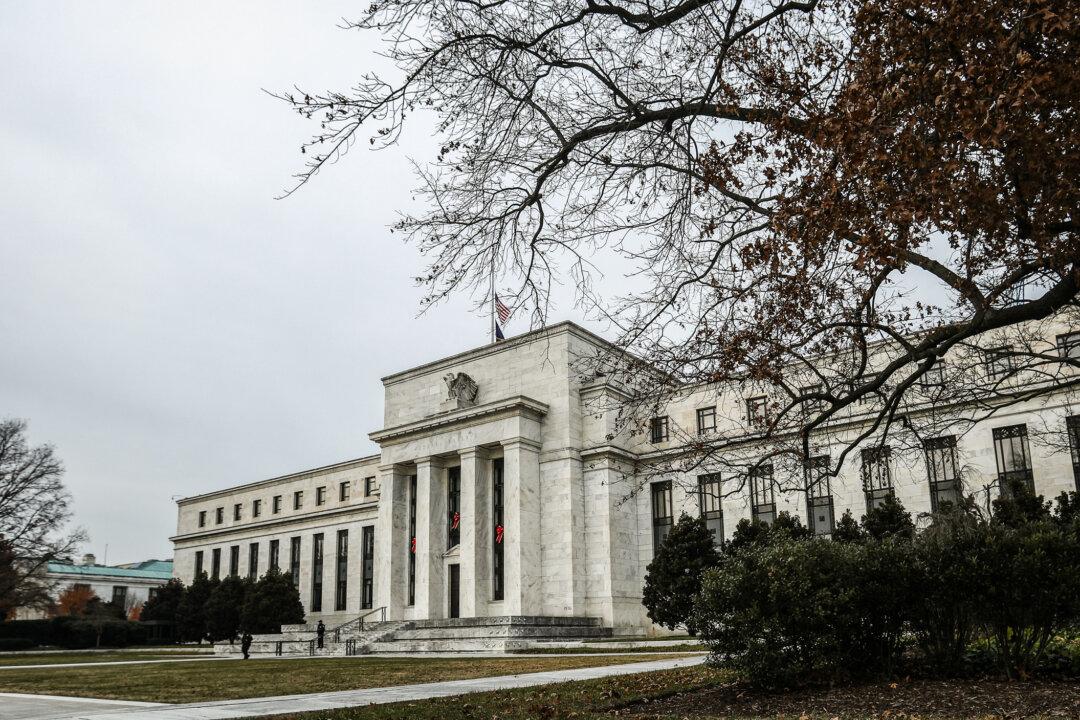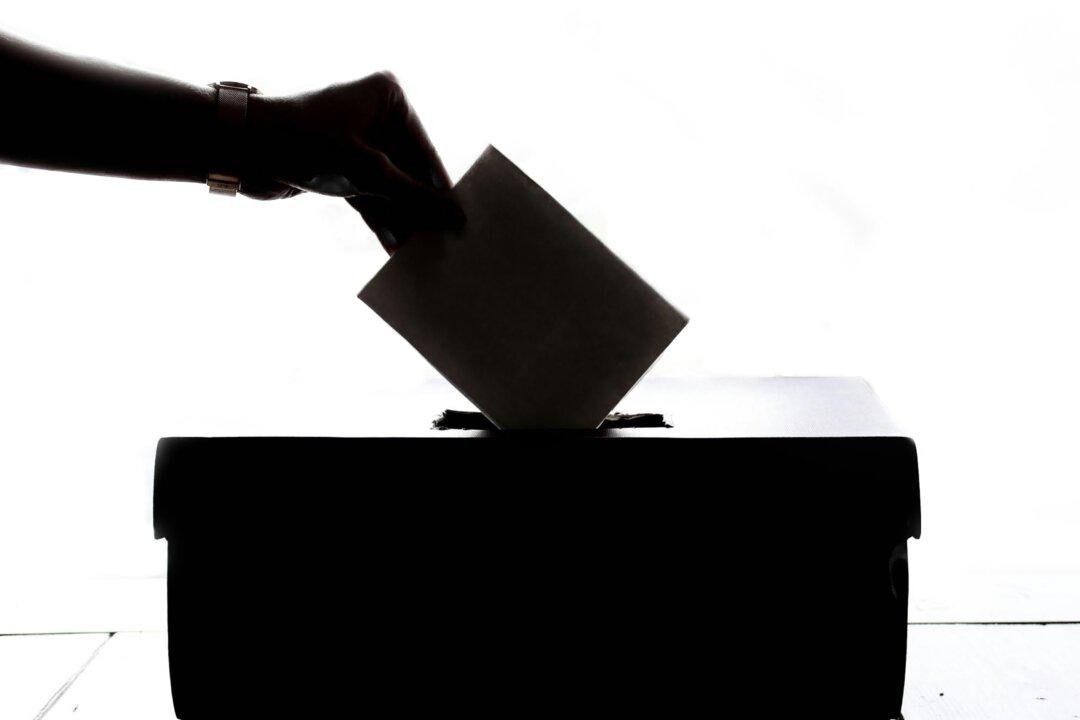“Ding dong, the worst inflation in four decades is dead” seems to be the happy, confident cry from investors for months now, with markets even assuming significant cuts in the federal funds rate by the Federal Reserve for most of this year, expected to begin in May and totaling close to 150 basis points.
Data released at the close of January show that the Personal Consumption Expenditures (PCE) price index, so-called core inflation (which excludes food and energy prices), fell somewhat more than expected, coming in at 0.2 percent from November 2023 to December 2023 and totaling 2.6 percent over 12 months. In December 2023, Fed Chairman Jerome Powell sounded like pronouncing that the D-Day in the war on high prices wasn’t far around the corner, cheering that “inflation has eased from its highs, and this has come without a significant increase in unemployment. That’s very good news.” Inflation would seem to have peaked in June 2022 when it was 7.1 percent, and the clear indications from the central bank were that multiple easings were set for 2024.
But after last month’s meeting of the policy-making Federal Open Market Committee, at which rates were once again kept steady, Mr. Powell made it clear that there would be no reduction at the next meeting in March; May is now focused on by the markets as when the easier money will come.
Is any easing by the Fed this year warranted, however? Despite its 11 tightenings, beginning in March 2022, which raised the fed funds rate to its current range of 5.25 percent to 5.50 percent, the highest in 22 years, Fed officials today don’t forecast PCE coming all the way down to its announced target of 2 percent, even by 2025.
As Kevin Hassett, former chairman of the White House Council of Economic Advisers under President Trump and a Hoover Institution distinguished visiting fellow, pointed out, the Fed last year trumpeted the value of measuring “supercore” inflation, which filters out energy and housing, and judging from where it was for December 2023, supercore’s annual rate is at almost 5 percent, up from nearly 4 percent for all of 2023 and 4.6 percent during the last six months of 2023.
Other indicators suggest an almost overheating economy, in no small part artificially driven by President Joe Biden’s spending spree exceeding $1 trillion. Preliminary numbers from the University of Michigan’s Surveys of Consumers found consumer sentiment soaring by 13 percent in January, to its highest level since July 2021, while over the past two months, the climb totaled 29 percent, marking the biggest two-month increase since 1991 at the tail end of a recession. Economists are expecting to see a gain of more than 175,000 jobs recorded for January and the unemployment rate to remain below 4 percent for two years straight.
“Given these numbers, no central bank in its right mind could possibly be thinking about cutting interest rates,” Mr. Hassett said.
Further, as Mickey Levy, chief economist for Americas and Asia at Berenberg Capital Markets, and Michael Bordo, director of the Center for Monetary and Financial History at Rutgers University, reported in a paper for the private Shadow Open Market Committee last year, said: “Despite the Fed’s significant rate increases, the real federal funds rate is still negative”—meaning that the Fed hasn’t tightened as much as we think. What’s more, Mr. Levy and Mr. Bordo concluded that mistakes the Federal Reserve has made in recent years—such as erring in its forecasts and policies and the role of its flawed supervision in last year’s failure of Silicon Valley Bank—translate into pressure on its policymakers “so it will try to avoid surprising markets.”
Meanwhile, as in so many of Washington’s bureaucracies, the Fed has a swamp problem. OpenSecrets.org found that Federal Reserve employees donated close to $900,000 to Democratic Party candidates and organizations, but only a little more than $30,000 to Republican politicians and causes during the 2020 election cycle. No one should underestimate the influence of the number crunchers on which Mr. Powell and his colleagues rely.
Would the Fed—whose reputation and credibility depend on its political independence and insulation more than probably any other institution in the federal government—time a series of interest rate reductions in hopes of injecting the economy with steroids and helping defeat Donald Trump’s attempt at reelection this November?
It’s fashionable to warn of threats to democracy these days, but as such threats go, a politicized Fed operating as the monetary policy equivalent of Chicago Mayor Richard Daily delivering voters residing in Cook County graveyards for John F. Kennedy in 1960 would register as an earthquake.
The independent U.S. central bank should spend the next nine months of this election year carrying out one of the priorities assigned to it by the taxpayers who provide its salaries: fighting the still-too-high inflation.







